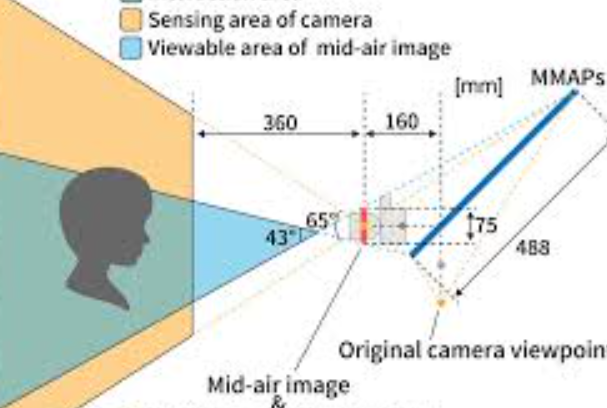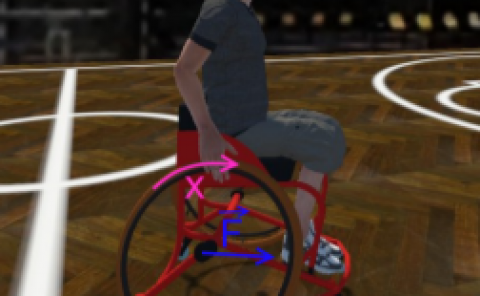An Optical Design for Avatar-User Co-axial Viewpoint Telepresence
PubDate: May 2020
Teams: The University of Electro-Communications;
Writers: Kei Tsuchiya; Naoya Koizumi
PDF: An Optical Design for Avatar-User Co-axial Viewpoint Telepresence

Abstract
We propose a mid-air image system for telepresence. Virtual reality (VR) social networks enable users to interact with each other through CG avatars and choose their appearances freely. However, this is only possible in VR space. We propose a system that takes the avatar from VR space to real space with the help of mid-air imaging technology. In this system, the micro-mirror array plates (MMAPs) display the mid-air image and optically transfer the camera viewpoint to capture users from the mid-air image position. Luminance measurement and modulation transfer function (MTF) measurement were performed to evaluate the image capturing performance of this system. As a result, we found that the MMAPs ccause a decrease in brightness and an increase in blur. In addition, the stray light generated by the MMAPs was in the captured video. We also confirmed that face detection works correctly on the captured video by adjusting the ISO sensitivity of the camera. Furthermore, we designed an application for telepresence called Levitar, which uses a dual camera to output the captured video to the HMD and controls the camera gaze direction.


